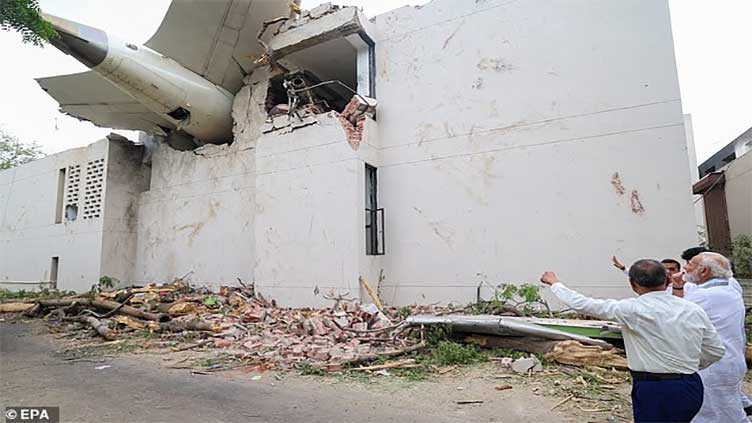At least 260 people have died in Ahmedabad after an Air India flight crashed into a building, mere seconds after taking off.
The disaster is the latest in a string of commercial airplane crashes that have killed hundreds of people.
At the start of the year, an American Airlines flight collided with a military helicopter over Washington, killing 67.
Then in March, 13 people were killed in a devastating incident off the island of Ruatan.
According to expert analysis, 2025 is one of the deadliest years for air travel in the past decade.
With only one confirmed survivor, yesterday’s tragedy brings this year’s total airflight fatalities to 460 in just the first six months of the year.
So, is air travel really becoming more dangerous? MailOnline spoke to the experts to find out.
While the aviation industry maintains exceptionally high safety standards, the recent string of high-profile incidents has raised concerns that flying may be becoming more risky.
The average number of deaths during flights per year currently stands at 284, according to Jan-Arwed Richter, founder of Jacdec, a German consulting firm that tracks aviation safety.
That means 2025 has already had almost double the average number of air travel deaths.
Mr Richter told Bloomberg: ‘This year still has more than six months to go, so this could be concerning if this rate of fatal accidents would go on.’
While many people will likely now have concerns about the safety of air travel, experts reassure that flying is not getting more dangerous.
Dr Simon Bennett, director of the civil safety and security unit at the University of Leicester, told MailOnline: ‘That perception is understandable because safety goes through peaks and troughs.
‘So if you take a snapshot at a particular time it can either look like things are getting seriously dangerous or that things are getting seriously safe.’
2025’s high level of fatalities comes on the back of one of the safest periods in the history of air travel.
‘You will be safer five miles above than you would be at home, that is a fact. But if you tell the public that they won’t believe you,’ he said.
‘My deepest sympathies go out to those who’ve been affected, but I would beg the public to consider such events in the widest possible context.’
As for what has caused this ‘trough’ in air flight safety, there may be a number of reasons with economic causes being the most likely.
Dr Bennett says that downturns in the fortunes of airflight industries lead to reduced investment in safety which can spark an increase in near misses and incidents.
Until the official investigation concludes, it is impossible to confirm exactly what led to the crash of Indian Airlines Flight 171.
However, it currently appears that environmental and mechanical issues may have combined to prevent the flight from gaining altitude properly.
Dr Sammy Diasinos, an aerodynamics researcher at Macquarie University, says: ‘The B787 has very powerful engines and can easily operate if one engine fails, so for this accident to occur, we would be looking at a very rare double engine failure.
‘I would expect this highlights an environmental cause rather than an engine or maintenance issue.







